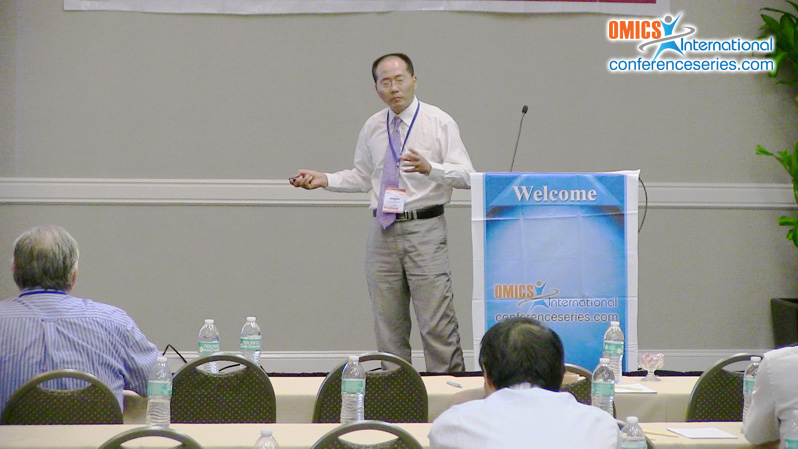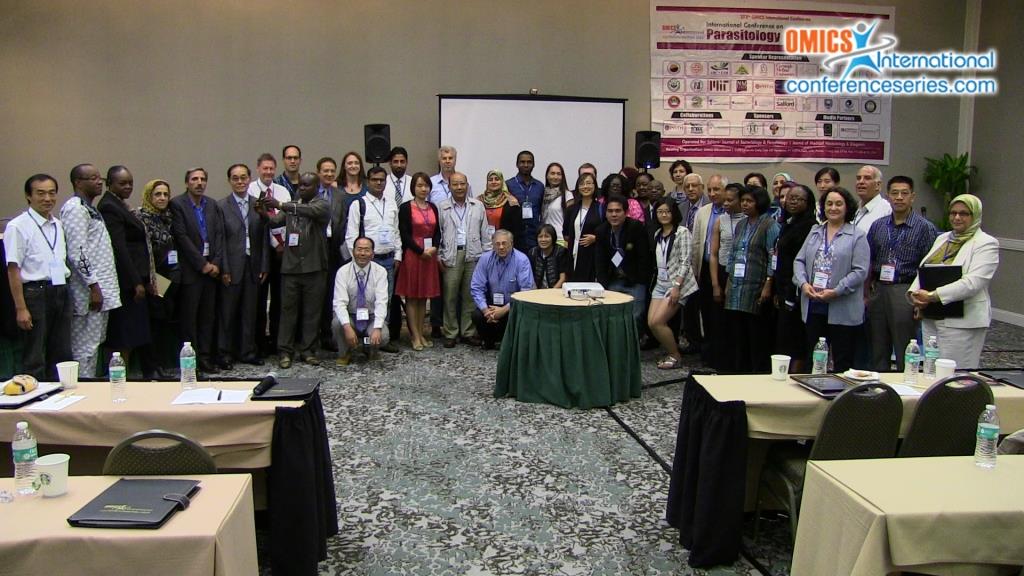
Deyong Chu
Anhui Medical University, China
Title: Macrophages polarized by Toxoplasma effectors modulate hepatic stellate cells activation
Biography
Biography: Deyong Chu
Abstract
Our previous study showed that macrophages can be phenotypically polarized by different toxoplasma gondii virulent isolates within the genotype Chinese 1 (ToxoDB#9). The virulent Wh3 isolate induced macrophages to polarize toward alternatively activated macrophages (aaMs), whereas the less virulent Wh6 elicited the development of classically activatied macrophages (caMs). In order to make clear whether T. gondii virulence determinants, such as effectors rhoptry protein 16 (ROP16) and dense granule protein 15 (GRA15) play an important role in inducing macrophages polarization, we infected RAW264.7 cell strain with lentiviral vectors which contained PEGFP-ROP16 or PEGFP-GRA15 plasmid. The rop16 and gra15 were amplified from Wh3 and PRU (type II) strains, respectively. The results revealed that the RAW264.7 cells transfected with rop16 gave rise to a high expression of ROP16 protein which persistently drove the host cells to aaMs with high expression of arginase-1 (Arg-1), while the gra15 transfection generated the GRA15 expression which continually induced RAW264.7 polarization towards caMs with high expression of inducible nitric oxide synthase (iNOS). Additionally, we subjected the polarized macrophages to mouse haptic stellate cells (HSCs) in transwell coulture system and found that the aaMs activated HSCs to myofibroblasts with alpha-smooth muscle actin (α-SMA) and transforming growth factor beta1 (TGF-β1) expression increased. In contrast, caMs deactivate HSCs with α-SMA and TGF-β1 expression decreased. We conclude that the virulence-associated effectors from different genotype T. gondii isolates (Wh3 and PRU) are crucial to induce phenotypical polarization of macrophages, which involve in the HSCs activation. This result perhaps brings a new way to treat hepatic fibrosis in future.



